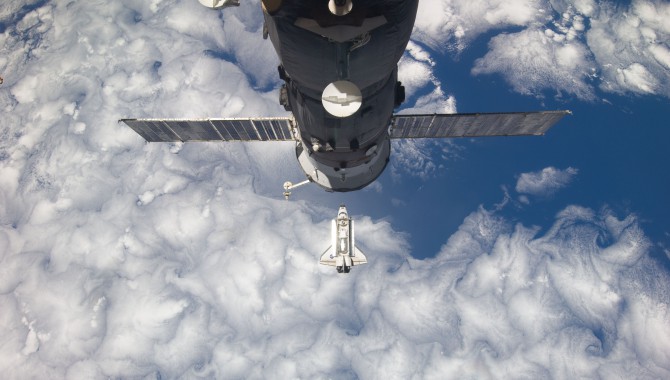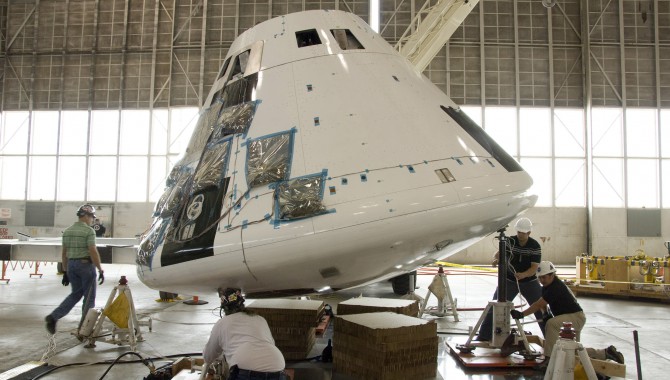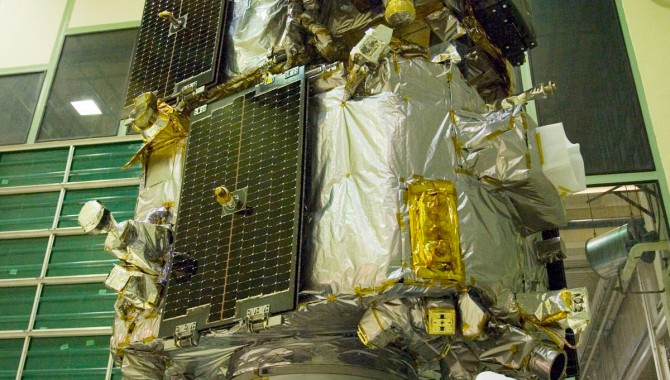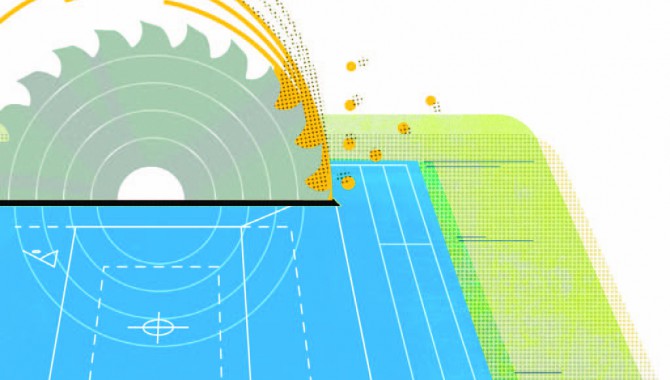
Close-up detail of the surface of one of Josh Simpson’s glass “Planet” sculptures. Inspired in part by photographs taken by Astronaut Cady Coleman, his wife, he creates his fantasy planets in his studio in Shelburne Falls, Massachusetts. Photo Credit: Tommy Olof Elder













